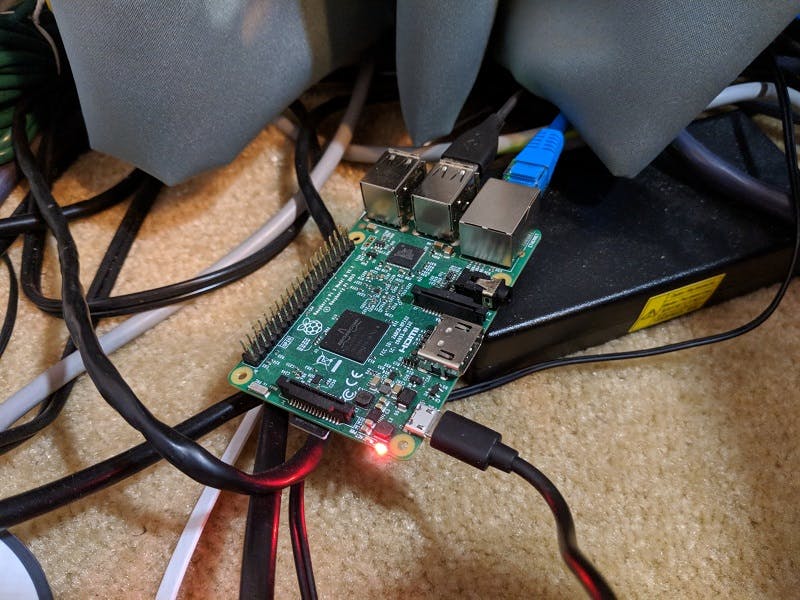 Oh, come on.
Oh, come on.
I was playing through Pokémon Emerald recently, but got really turned off by the sheer volume of random encounters. It was way higher than I remembered as a wee elementary school kid, but I couldn't find any hard data on how the encounter rate was determined. Not even on Bulbapedia, a Pokémon wiki with ridiculously detailed documentation of every last aspect of every game.
That's when I stumbled upon a GitHub project that hosts a disassembly of Pokémon Emerald. I can read code, I'm stuck inside indefinitely due to a global catastrophe, and I need something to do. Let's read some 16-year-old C code!

